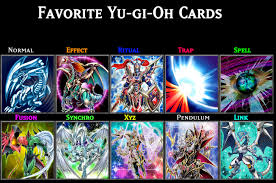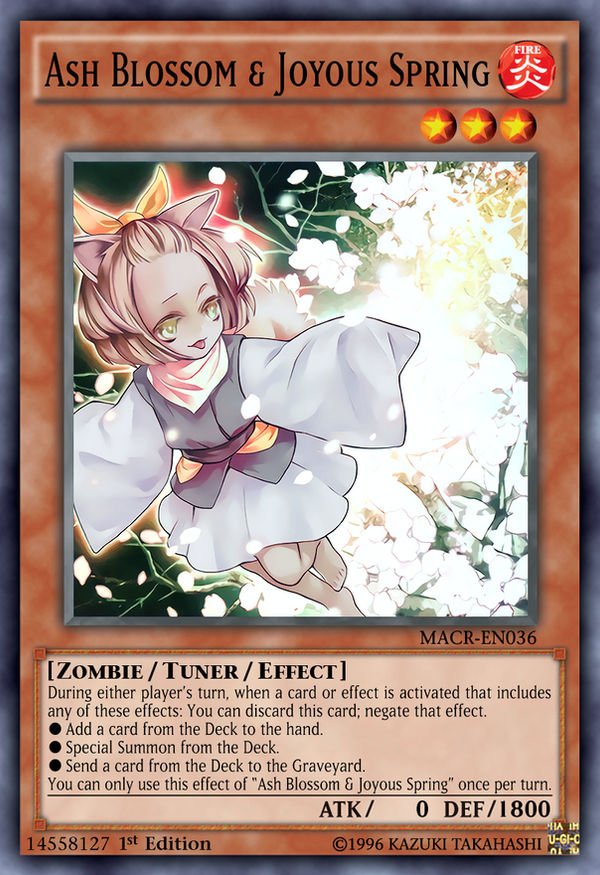Mastering the Art of Dueling: How to Play YU-GI-OH! TCG Like a Pro
Welcome to the most comprehensive guide on mastering YU-GI-OH! Whether you’re a beginner or looking to refine your skills, this series will guide you through the core game mechanics, advanced summoning methods, deck-building strategies, and pro-level tips. Let’s get started!
Table of Contents
Part 1: Understanding YU-GI-OH! Game Mechanics

The foundation of YU-GI-OH! lies in understanding its core rules and mechanics. Before you can start strategizing, it’s essential to know how the game flows and the basic concepts.
1.1 Game Objective
Each player starts with 8000 life points (LP), and the goal is to reduce your opponent’s LP to zero by attacking with monsters, activating spells, and setting traps. Alternatively, you can win by achieving specific card conditions or if your opponent runs out of cards to draw.
1.2 Types of Cards
-
Monster Cards: These are your primary units for offense and defense, and come in three main types:
- Normal Monsters (yellow) with no effects, but solid stats.
- Effect Monsters (orange) with special abilities, like destroying other cards or summoning other monsters.
- Ritual, Fusion, Synchro, XYZ, Pendulum and Link Monsters that require special summoning methods.
-
Spell Cards: These green cards provide one-time or continuous benefits, such as boosting your monsters or destroying your opponent’s cards.
-
Trap Cards: Purple cards that are activated during your opponent’s turn, often to block attacks or destroy monsters.
1.3 The Phases of a Turn
Each turn in YU-GI-OH! is divided into several phases:
- Draw Phase: Draw one card from your deck.
- Standby Phase: Certain card effects can trigger here.
- Main Phase 1: Summon monsters, activate spell cards, set traps, and prepare for battle.
- Battle Phase: Declare attacks with your monsters.
- Main Phase 2: After the battle, you can set up additional cards.
- End Phase: Conclude your turn and pass play to your opponent.
1.4 Attacking and Defending
Understanding when and how to attack is critical in YU-GI-OH! Each monster has an ATK (attack) and DEF (defense) stat. When a monster is in Attack Position, it attacks using its ATK stat, and if it’s in Defense Position, it defends with its DEF stat.
- Direct Attack: If your opponent has no monsters, you can attack directly and inflict damage equal to your monster’s ATK.
- Battle Damage: When two monsters battle, the difference in ATK or DEF points determines the damage taken.
1.5 Understanding the Chain (Card Effects Timing)
In YU-GI-OH!, many cards have effects that activate based on the situation. These effects form a chain — a series of actions that resolve in reverse order (last card activated resolves first). Mastering chain resolution is crucial for executing combos and countering your opponent’s plays.
Part 2: Summoning Methods in YU-GI-OH!

In YU-GI-OH!, summoning is everything. Whether you’re calling forth a powerful Fusion Monster or flooding the field with multiple creatures, the right summoning method can turn the tide of battle.
2.1 Normal and Tribute Summons
- Normal Summon: You can Normal Summon one monster per turn. Most monsters are Level 4 or below, but if you want to summon stronger monsters, you’ll need to Tribute (sacrifice) weaker monsters.
- Tribute Summon: For monsters Level 5 or 6, you’ll need to tribute one monster. For Level 7 or higher, two tributes are required.
2.2 Special Summons
Special Summoning allows you to bring out monsters through specific card effects, and it doesn’t count toward your one Normal Summon per turn.
- Fusion Summon: Combine specific monsters using cards like Polymerization to summon a Fusion Monster from your Extra Deck.
- Synchro Summon: Combine a Tuner Monster with other monsters whose levels equal the Synchro Monster’s Level.
- XYZ Summon: Overlay two or more monsters of the same level to summon an XYZ Monster, which uses its material for activating effects.
- Link Summon: Requires you to send monsters to the graveyard equal to the Link Rating of the monster you wish to summon. These powerful monsters influence how your monsters are positioned on the field.
2.3 Pendulum Summoning
Pendulum Monsters blur the line between spells and monsters. Once placed in Pendulum Zones, they allow you to summon multiple monsters at once. The levels of the monsters you want to summon must “between the scales”. For example, if you have pendulum scales 3 and 8, you can summon monsters that are level 4, 5, 6, or 7, making this one of the most versatile mechanics in the game.
Part 3: Building a Competitive YU-GI-OH! Deck

ash blossom and joyous spring
Your deck is your arsenal, and crafting a powerful, well-balanced deck is key to winning duels. In this part, we’ll discuss how to build a deck that suits your play style and the strategies behind it.
3.1 Deck Size and Composition
A standard deck consists of 40-60 cards, but most competitive decks aim for the minimum 40 to ensure better draw consistency. You’ll also have an Extra Deck for Fusion, Synchro, XYZ, and Link Monsters, which can hold up to 15 cards.
-
Monster Cards: About 20-25 monsters is a good starting point. You’ll need a combination of low-level monsters for quick summons and high-level monsters for heavy hits.
-
Spell and Trap Cards: Keep 10-15 spells and 5-10 traps, focusing on cards that either support your strategy or disrupt your opponent’s plans.
3.2 Archetypes and Synergies
Yu-Gi-Oh! is rich with archetypes — themed sets of monsters, spells, and traps that work together. Blue-Eyes, Dark Magician, Salamangreat, and Zoodiac are examples of powerful archetypes that form the backbone of many competitive decks.
The goal is to build a deck around cards that synergize well. Archetype-specific cards often have effects that complement one another, allowing for seamless combos.
3.3 Staple Cards
While each archetype has its unique cards, some staples belong in almost every deck:
- Monster Reborn: Revives a monster from any graveyard.
- Raigeki: Destroys all of your opponent’s monsters.
- Ash Blossom & Joyous Spring: Negates an opponent’s search or special summon, and is a common hand trap in competitive play.
3.4 Side Decking
The Side Deck (up to 15 cards) allows you to adjust your deck between rounds during match play. Use this to counter specific strategies, such as adding cards to deal with an opponent’s heavy trap reliance or stall tactics.
Part 4: Advanced Strategies and Pro Tips

Once you’ve mastered the basics, it’s time to take your dueling skills to the next level. In Part 4, we dive into advanced strategies, how to build combos, and how to read your opponent’s plays like a pro.
4.1 Combo Building
Combos are sequences of moves that, when executed properly, can lead to devastating effects. Building a deck with strong combos is essential in high-level play. This involves chaining monster effects, setting up multi-turn strategies, and keeping your opponent from countering your plays.
4.2 Card Advantage
Yu-Gi-Oh! is often a game of resource management. Card Advantage refers to the number of cards in your hand compared to your opponent’s. Cards like Pot of Greed (draw two cards) or Graceful Charity (draw three, discard two) help maintain your advantage.
4.3 Reading Your Opponent
Understanding your opponent’s deck and predicting their moves can give you a serious edge. Keep an eye on the cards they’ve played and try to deduce their strategy. Experienced duelists often bluff by setting cards as decoys, so reading the field is critical.
Conclusion: Master the Duel, Master the Game
YU-GI-OH! is a game of strategy, skill, and patience. By mastering game mechanics, building a well-balanced deck, and learning how to adapt to your opponent, you’ll be well on your way to becoming a top duelist. Stay tuned for more advanced guides on Kaibanow, and remember: it’s TIME to du-du-du-duel!


